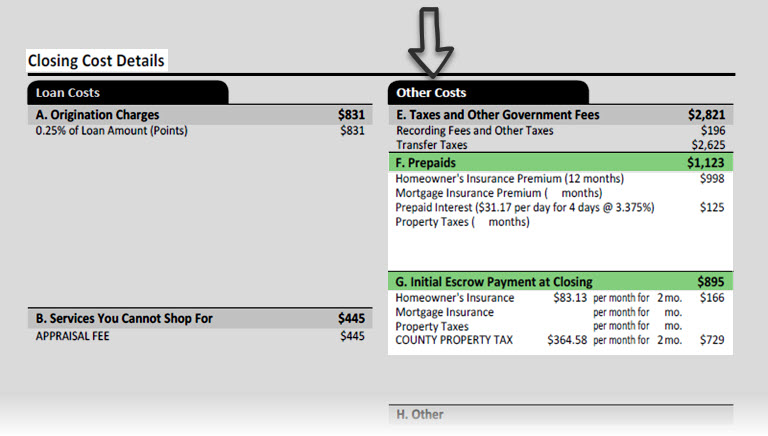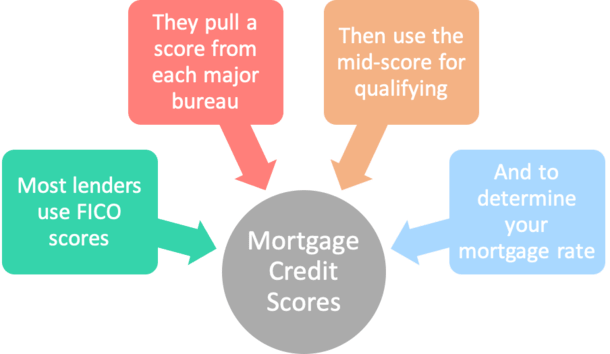According to a 2015 post in the, in 2014, about 12% of the United States HECM reverse home mortgage borrowers defaulted on "their real estate tax or house owners insurance" a "reasonably high default rate". In the United States, reverse home loan customers can deal with foreclosure if they do not maintain their houses or maintain to date on homeowner's insurance and real estate tax.
On 25 April 2014, FHA modified the HECM age eligibility requirements to extend particular securities to spouses younger than age 62. Under the old standards, the reverse mortgage might only be written for the partner who was 62 or older. If the older partner passed away, the reverse home loan balance became due and payable if the more youthful making it through partner was ended of the HECM loan.
This often developed a considerable difficulty for spouses of deceased HECM debtors, so FHA modified the eligibility requirements in Mortgagee Letter 2014-07. Under the new standards, spouses who are younger than age 62 at the time of origination keep the securities offered by the HECM program if the older partner who got the home loan dies.
For a reverse mortgage to be a feasible financial choice, existing home mortgage balances normally must be low enough to be settled with the reverse mortgage profits - how do second mortgages work in ontario. Nevertheless, borrowers do have the option of paying for their existing home mortgage balance to receive a HECM reverse mortgage. The HECM reverse home loan follows the standard FHA eligibility requirements for residential or commercial property type, implying most 14 family dwellings, FHA approved condominiums, and PUDs qualify.
Before starting the loan procedure for an FHA/HUD-approved reverse mortgage, applicants must take an authorized counseling course. An authorized therapist needs to help explain how reverse home loans work, the monetary and tax implications of taking out a reverse home mortgage, payment alternatives, and expenses related to a reverse home mortgage. The counseling is indicated to secure debtors, although the quality of counseling has been slammed by groups such as the Consumer Financial Defense Bureau.
The 45-Second Trick For How Do Mortgages Work Condos
On March 2, 2015, FHA executed new standards that require reverse home loan applicants to go through a monetary assessment. Though HECM debtors are not needed to make month-to-month home loan payments, FHA desires to make certain they have the monetary capability and determination to stay up to date with real estate tax and house owner's insurance (and any other applicable home charges).
Prior to 2015, a Lending institution could not decline an ask for a HECM as the requirement is age 62+, own a home, and meet initial debt-to-equity requirements. With FA, the lender might now force Equity "reserved" guidelines and sums that make the loan impossible; the like a declination letter for bad credit.
Satisfying credit - All housing and installment debt payments should have been made on time in the last 12 months; there disappear than two 30-day late home loan sirius number to cancel or installment payments in the previous 24 months, and there is no major derogatory credit on revolving accounts in the last 12 months.

If no extenuating scenarios can be documented, the customer may not certify at all or the lending institution might need a big amount of the principal limitation (if available) to be taken into a Life Expectancy Reserve (LESA) for the payment of residential or commercial property charges (residential or commercial property taxes, homeowners insurance, etc.).
The fixed-rate program features the security of a rates of interest that does not change for the life of the reverse home mortgage, but the interest rate is typically higher at the start of the loan than a comparable adjustable-rate HECM. Adjustable-rate reverse mortgages generally have interest rates that can alter on a regular monthly or yearly basis within specific limitations.
How Do Mortgages Work Things To Know Before You Buy
The preliminary rate of interest, or IIR, is the actual note rate at which interest accrues on the impressive loan balance on a yearly basis. For fixed-rate reverse home mortgages, the IIR can never ever change. For adjustable-rate reverse mortgages, the IIR can change with program limitations as much as a life time rates of interest cap.
The EIR is frequently various from the real note rate, or IIR. The EIR does not figure out the quantity of interest that accumulates on the loan balance (the IIR does that). The overall swimming pool of money that a debtor can receive from a HECM reverse home loan is called the principal limitation (PL), which is computed based on the optimum claim quantity (MCA), the age of the youngest borrower, the expected interest rate (EIR), and a table to PL aspects released by HUD.
Most PLs are generally in the variety of 50% to 60% of the MCA, however they can often be higher or lower. The table below offers examples of principal limitations for various ages and EIRs and a property worth of $250,000. Debtor's age at origination Anticipated interest rate (EIR) Principal limit aspect (as of Aug.
5% 0. 478 $119,500 65 7. 0% 0. 332 $83,000 75 5. 5% 0. 553 $138,250 75 7. 0% 0. 410 $102,500 85 5. 5% 0. 644 $161,000 85 7. 0% 0. 513 $128,250 The primary limitation tends to increase with age and reduce as the EIR increases. In other words, older customers tend to get approved for more cash than younger debtors, however the overall quantity of cash offered under the HECM program tends to reduce for all ages as rates of interest rise.
Any extra earnings offered can be dispersed to the borrower in a number of ways, which will be detailed next. The cash from a reverse home loan can be dispersed in 4 ways, based on the borrower's monetary needs and goals: Lump sum in money at settlement Month-to-month payment (loan advance) for a set variety of years (term) or life (tenure) Line of credit (comparable to a home equity line of credit) Some combination of the above Note that the adjustable-rate HECM uses all of the above payment options, but the fixed-rate HECM just provides lump amount.
The 8-Minute Rule for How Do Va Mortgages Work
This means that borrowers who choose for a HECM line of credit can possibly get to more money in time than what they at first qualified for at origination. The line of credit development rate is figured out by adding 1. 25% to the initial rate of interest (IIR), which implies the line of credit will grow much faster if the interest rate on the loan increases.
Due to the fact that many customers were taking complete draw swelling sums (often at the encouragement of lending institutions) at closing and burning through the cash quickly, HUD looked for to secure debtors and the practicality of the HECM program by limiting the quantity of earnings that can be accessed within the first 12 months check here of the loan.

Any staying available profits can be accessed after 12 months. If the overall compulsory obligations exceed 60% of the primary limit, then the borrower can draw an extra 10% of the principal limit if available. The Housing and Economic Recovery Act of 2008 offered HECM debtors with the opportunity to purchase a brand-new principal home with HECM loan proceeds the so-called HECM for Purchase program, efficient January 2009.